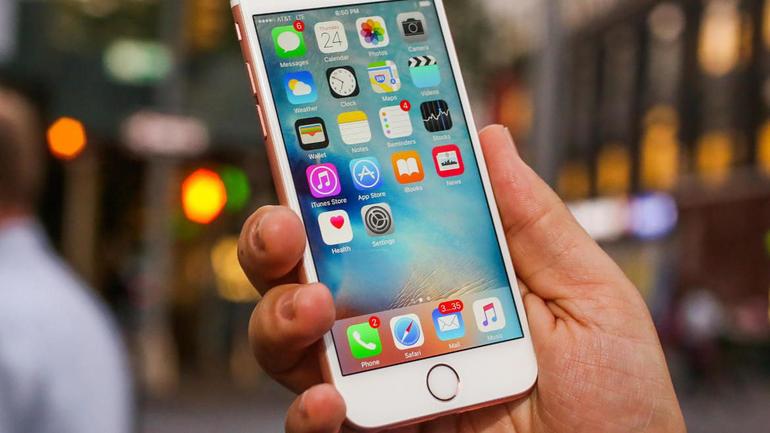

CNET/CBS Interactive
It can sometimes be hard to tell the difference between iPhone rumors and wishful thinking on the part of overly optimistic pundits. But you can count on analysts to bring us all down to earth.
Must read: 10 things Steve Jobs would hate about Apple today
A much-rumored feature of the highly-anticipated tenth-anniversary iPhone 8 has been an OLED display — not an ordinary OLED display, but a curved OLED display.
Now, the tech nerds reading this will be well aware of the fact that OLED displays aren’t a new thing, and that there are a lot of smartphones out there that make use of this technology (and for the purposes of this discussion we can take OLED and AMOLED to be the same thing).
There are also a number of smartphones on the market that have a curved OLED display (think LG G Flex or the Vivo Xplay 6). Again, not new.
But so far Apple has resisted making the leap to OLED, instead relying on LED LCD technology. While OLED is better than LED LCD is pretty much every way (brightness, contrast, thinness and lightness, lower power consumption, better field of view, and so on), there are a few places where LED LCD wins, specifically cost (currently much cheaper than OLED) and production yield (you have to throw more panels away because they’re not up to snuff). OLED displays are also more susceptible to water damage than LED LCD, and also have a shorter lifespan.
And curved displays are even worse.
If you’re competing against the iPhone in the smartphone space, then putting up with the drawbacks of going for OLED is worth it because it gives you a feature leg-up over Apple.
However, for Apple, the increased costs and decreased yield are incompatible with shifting tens of millions of units while at the same time keeping profit margins as high as possible.
It also doesn’t help that the only OLED panel manufacturer that could handle the sort of production capacity that Apple would demand is the company’s biggest competitor in the smartphone arena — Samsung.
It’s all a balancing act.
According to IHS Markit analyst Wayne Lam (via MacRumors) it looks like Apple solution is to drop the idea of going with a curved OLED display, and instead choose the cheaper and easier to manufacture flat panel.
“We anticipate Apple will adopt a flat implementation of OLED design on their special iPhone model,” Lam said, “which is analogous to the current 2.5D glass design.”
“Much like the recently announced LG G6, we anticipate a touchscreen with a new longer aspect ratio design to take advantage of higher coverage area of the iPhone in its entirety,” Lam continued. “This new design language is expected to become the trend for 2017, as we all anticipate Samsung’s reveal later this month.”
This is in line with what other analysts — including KGI Securities analyst Ming-Chi Kuo, and TrendForce — are saying.
There’s little doubt that Apple would like to adopt curved OLED (if nothing else so as not to be left behind), but Apple is also undoubtedly looking to the future, and planning what will go into whatever device follows the iPhone 8. Why put everything into the iPhone 8 — and risk production issues and hammering profit margins — when 2018’s new iPhone will also need differentiating features?
See also:
Here’s how to check if your iPhone has a battery drain problem:

